Is your pup giving you a toothy grin that’s more troubling than charming? Just like us, our furry friends can suffer from a variety of dental problems. And while these issues can plague any dog, certain breeds are more prone to bad teeth than others. If oral health is neglected, it can lead to pain, infections, and even more serious health conditions — not to mention hefty vet bills. That’s why it’s important to know which dogs are at a higher risk, so you can take preventive measures to keep your pet’s pearly whites healthy.
Top 6 dog breeds with bad teeth
Whether it’s due to genetics, the shape of their jaw, or even the structure of their teeth, these six dog breeds are more likely to have bad teeth and develop dental diseases:
Chihuahua

Although Chihuahuas are one of the smallest dog breeds, their dental problems are anything but. Their tiny mouths often lack the space to accommodate all their teeth, leading to overcrowding. This not only causes misalignment but also heightens the risk of plaque and tartar buildup, which can develop into periodontal disease if neglected. Additionally, genetics play a key role, as many Chihuahuas inherit weak enamel, leaving their teeth more vulnerable to decay and damage.
Yorkshire Terrier

Yorkshire Terriers are another dog breed notorious for having bad teeth. Their small jaws, much like those of Chihuahuas, often result in overcrowded teeth. This can lead to plaque buildup, which can swiftly progress to periodontal disease if not addressed. What’s more, Yorkies commonly retain their baby teeth well into adulthood — a condition known as persistent deciduous teeth — which worsens overcrowding and creates more hiding spots for bacteria. This makes them especially prone to bad breath, swollen gums, and even tooth loss at an early age.
Dachshund
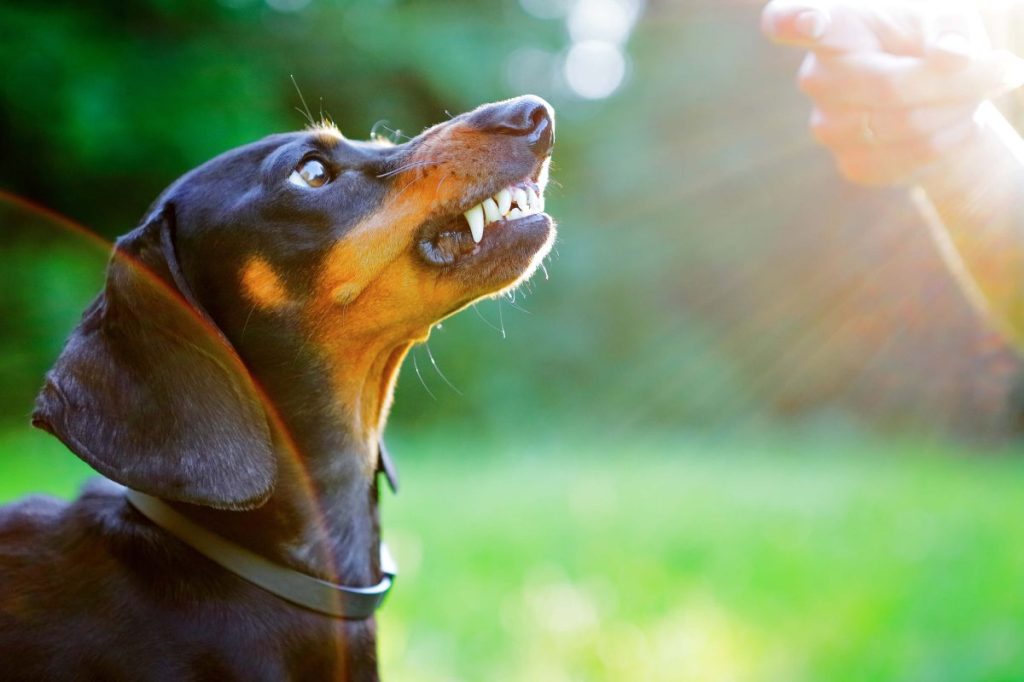
With their elongated snouts and compact jaws, Dachshunds often have crowded teeth that are difficult to keep clean. In fact, they are particularly prone to an overbite, where the lower jaw is shorter than the upper jaw. This misalignment can cause tooth-on-tooth wear and soft tissue trauma, leading to significant dental pain and complications. Overbites in Doxies often require orthodontic interventions during puppyhood to prevent more serious issues later in life. Their love for food also means plaque can easily accumulate on their teeth if their diet isn’t carefully monitored.
Pug
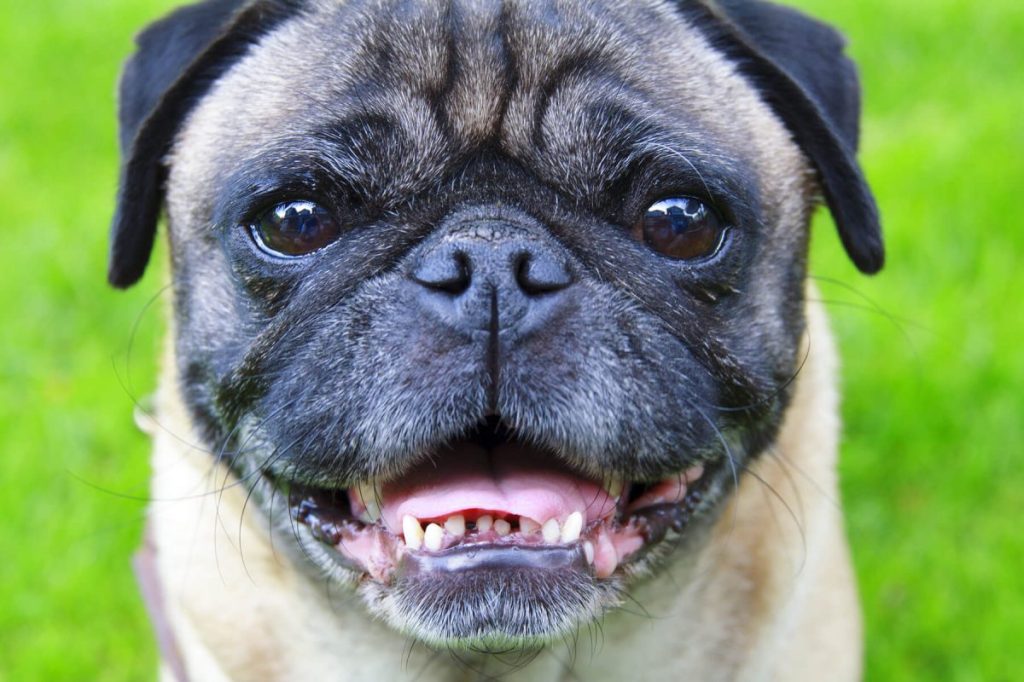
Due to their brachycephalic — or flat-faced — anatomy, Pugs suffer from frequent dental issues. Their compact skull causes crowding of the teeth, which makes it easier for food particles and bacteria to become trapped. Additionally, their misaligned bite can lead to uneven wear on both teeth and gums. Together, these factors significantly heighten the risk of periodontal disease and other dental problems in Pugs.
Shih Tzu

Shih Tzus often experience delayed tooth eruption, meaning their teeth emerge from the gums later than usual. In most cases, this resolves on its own without complications. However, if teeth don’t erupt, it can lead to problems like tooth impaction or cyst formation. Sometimes, oral surgery may be necessary to assist with tooth eruption. Not to mention, being a brachycephalic breed — similar to the Pug — Shih Tzus also have misaligned and overcrowded teeth, both of which contribute to increased plaque buildup and periodontal disease.
Pomeranian

Pomeranians have small, crowded mouths, and their teeth, like other small breeds, are susceptible to plaque and tartar accumulation. These dogs are also genetically predisposed to tooth resorption, a condition where the body starts breaking down and absorbing the tooth structure. This can cause severe pain and may ultimately require tooth extractions to alleviate discomfort and prevent further complications.
Why do small dogs have bad teeth?
As you may have noticed, the breeds mentioned above are mainly small or toy dogs. This raises an interesting question: Why is it that small dogs are more likely to have bad teeth? Well, the answer lies in a combination of genetic factors and anatomical characteristics. One of the primary reasons is that small dogs typically have the same number of teeth as larger dogs, but in a much smaller mouth. This overcrowding can lead to misalignment and increased chances of plaque and tartar buildup because it’s harder for food and debris to naturally dislodge. In addition, small breeds are more prone to retaining their baby teeth, which can cause further misalignment and crowding, exacerbating dental problems.
Another contributing factor is their diet and chewing habits. Small dogs often consume smaller kibble that doesn’t require much chewing. The act of chewing on harder foods or kibble can help with mechanical abrasion, naturally cleaning the teeth by removing some of the plaque. However, with smaller kibble, this benefit is diminished. Smaller canines are also more likely to be fed soft or wet foods, which can stick to their teeth and gums more readily than dry kibble. Consequently, without proper dental care, these factors put them at greater risk of developing serious dental diseases.
What dog breeds have the healthiest teeth?
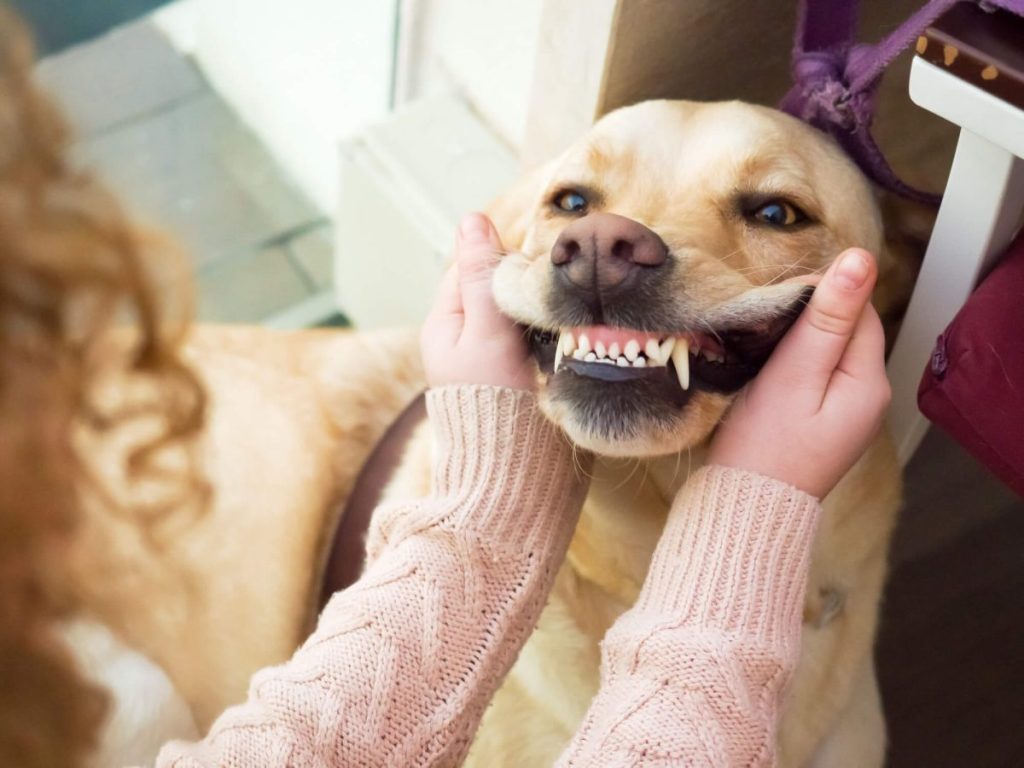
Compared to smaller dogs, larger breeds such as the Labrador Retriever, German Shepherd, and Golden Retriever are known for having stronger and healthier teeth. This is partly because their larger mouths and jaw structures allow for better spacing and alignment of teeth, thereby reducing the likelihood of overcrowding — a common precursor to dental issues.
Additionally, working breeds like the Border Collie and the Australian Shepherd also typically exhibit strong dental health. These dogs often engage in activities that encourage natural chewing, which aids in maintaining their teeth. Chewing on appropriate toys or bones helps clean their teeth and massage their gums, contributing to overall dental hygiene. It’s important to note that, while certain breeds may have a genetic predisposition for healthier teeth, regular dental care is still essential for all dogs to ensure optimal oral health.
How to tell if your dog’s teeth are bad?
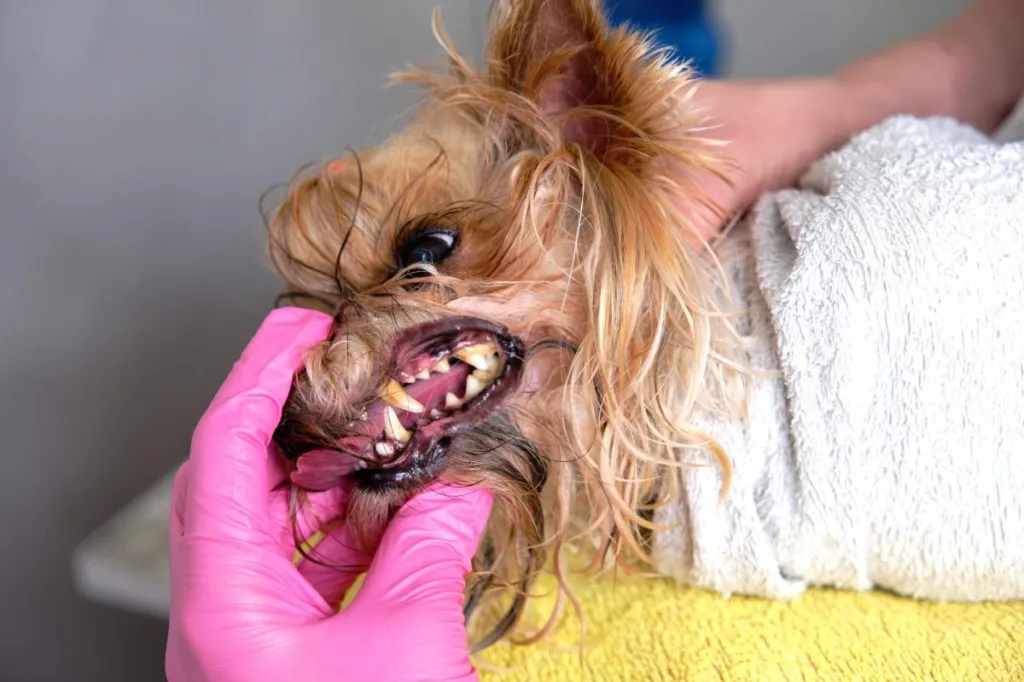
Keeping an eye on your dog’s dental health is important for their overall well-being, but it can be tricky to know exactly what to look for. One of the first signs that your dog’s teeth might be in poor condition is bad breath. While it’s normal for dogs to have some odor, a particularly foul smell can indicate dental issues like plaque buildup, gum disease, or tooth decay.
Take a moment to lift your dog’s lip and have a look at their teeth and gums. Healthy teeth should be white and free of any brownish tartar, while gums should be pink, not red or swollen. If you spot any discoloration, broken teeth, or inflamed gums, it might be time for a visit to the vet.
Beyond the obvious signs, your dog’s behavior can also provide clues. Dogs with dental pain may start to favor one side of their mouth when chewing, drop food while eating, or even refuse to eat altogether. You might also notice them pawing at their mouth or drooling excessively. These behaviors can be signs of pain or discomfort, often due to dental problems.
Tips for keeping your dog’s teeth healthy
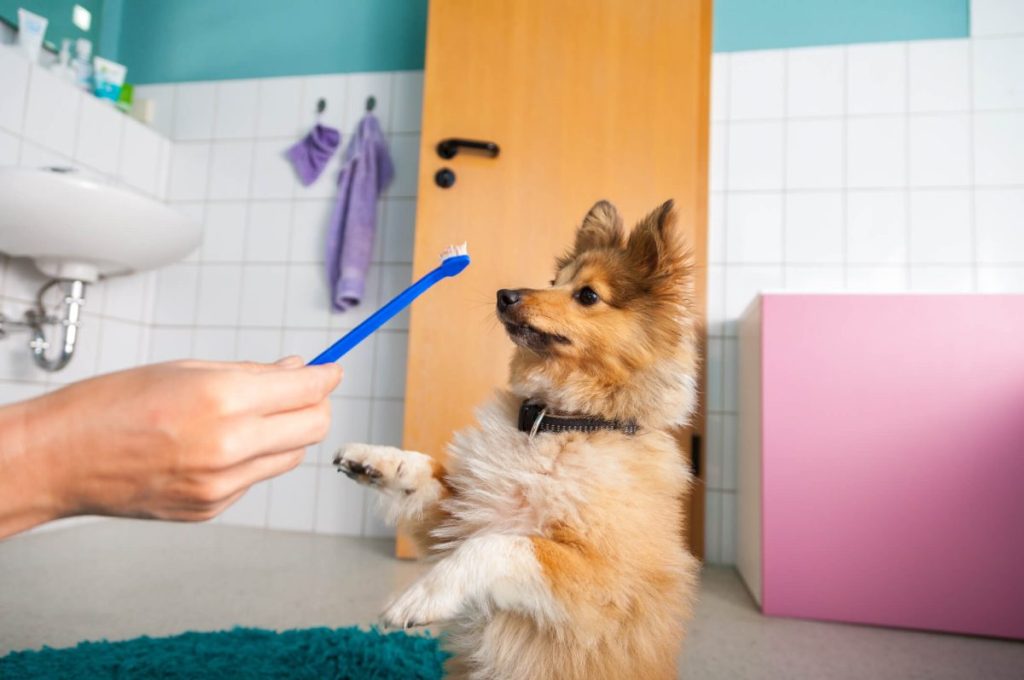
Whether your dog belongs to a breed prone to dental issues or not, taking preventive measures can ensure their teeth remain healthy throughout their life. Here are some tips to keep those canine chompers in top shape:
Brush your dog’s teeth regularly
Just like humans, dogs benefit greatly from regular tooth brushing. Aim to brush your dog’s teeth at least two to three times a week. Use a dog toothbrush and pet-safe toothpaste — human toothpaste can be harmful to pets. Start slowly and be patient, gradually getting your dog used to the sensation.
Offer dental chews and toys
Chewing is a natural behavior that helps keep dogs’ teeth clean. Dental chews and toys are designed to promote oral health by reducing plaque and tartar buildup. Look for products approved by the Veterinary Oral Health Council (VOHC) to ensure they’re effective and safe.
Monitor their diet
Diet plays a significant role in maintaining your dog’s dental health. Dry kibble can be better for teeth than wet food because it helps scrape off plaque. Avoid giving your dog too many sugary treats, as these can contribute to plaque buildup and cavities. Additionally, there are even specialized dog foods available that promote dental health by reducing tartar and plaque formation. Consult with your vet to find the best dietary options for your dog.
Provide fresh water
Always ensure your dog has access to fresh, clean water. Drinking water washes away food particles and bacteria that can lead to plaque buildup. For an added benefit, consider investing in a pet water fountain, which encourages more frequent drinking and often includes filters to keep the water fresh.
Use dental spray and water additives
If brushing isn’t always feasible, dental sprays and water additives can be a helpful alternative. These products can reduce bacteria in the mouth and freshen breath. Just add them to your dog’s water bowl or spray directly into their mouth as directed.
Schedule regular vet check-ups
Despite your best efforts at home, regular vet check-ups are crucial for your dog’s dental health. Your vet can perform professional cleanings and identify any dental issues before they become severe. Most vets recommend annual dental exams, but some breeds prone to dental problems may need more frequent visits.
Keep in mind that creating a positive association with dental care can make the process much smoother for both you and your pup. Use praise, treats, and gentle handling to help your dog feel comfortable during tooth brushing or dental check-ups. Over time, they will come to see dental care as a normal and even enjoyable part of their routine.









